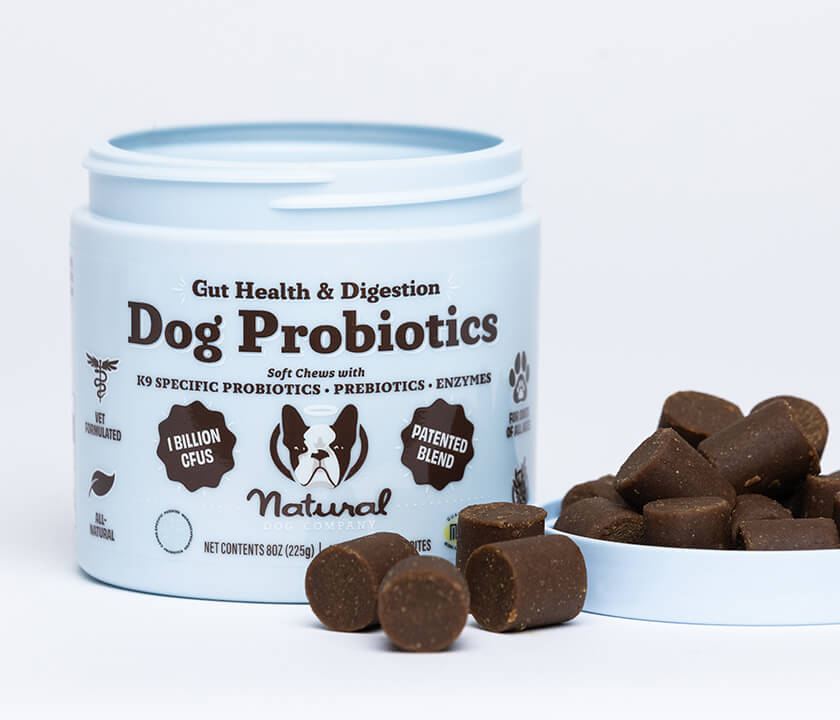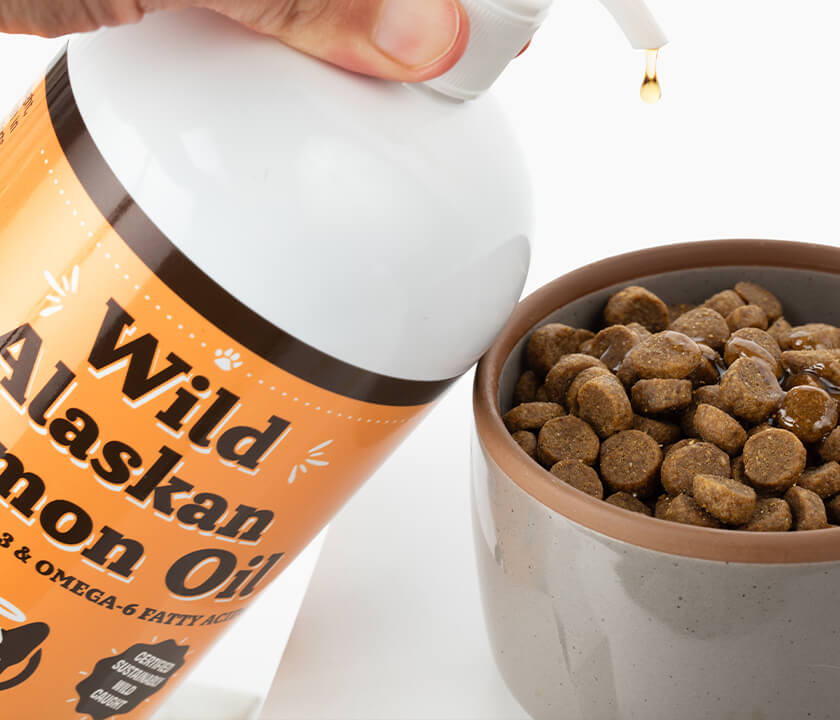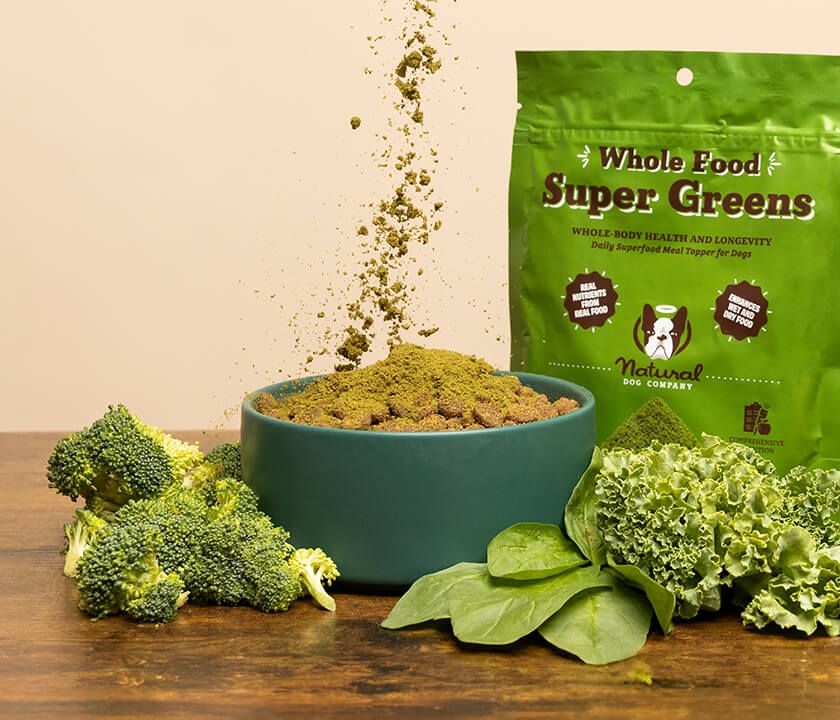Hyperkeratosis is a skin condition that makes your dog’s paw pads thick and crusty. It’s often referred to as “hairy dog feet” because it causes your dog’s paws to look like they are growing an abnormal layer of hair. (The same thing can occur to your dog’s nose but is known as nasal hyperkeratosis.)
As silly as that sounds, canine hyperkeratosis can be very painful for your dog and requires immediate attention.
There is no known cure for hyperkeratosis, but there are things you can do to make your pup’s life much more comfortable. For instance, Paw Soother can provide your dog with all natural relief while reducing or eliminating the side effects.
What Causes Paw Pad Hyperkeratosis?
Hyperkeratosis is a condition (usually genetic) that makes a dog’s body produce too much keratin. It usually develops within the first year of a dog’s life, and it’s often the symptom of a more serious medical issue. Here are a few of the most common causes of paw pad hyperkeratosis:

Paw Pad Hyperkeratosis
- Leishmaniasis: This disease, usually spread by sandflies and other parasites, can affect a dog’s skin, abdominal organs, and fur. It can be treated by special medication that’s available from the CDC.
- Pemphigus Foliaceus: A common autoimmune disease that often causes scab-like blisters. It can be diagnosed with a biopsy and treated with immunosuppressive drugs.
- Zinc Responsive Dermatosis: Dogs with this disease can’t properly absorb zinc. This condition is treated with regular zinc supplements.
- Canine Distemper: This virus is incredibly serious, and the survival rate is less than fifty percent. Fortunately, canine distemper is rare because most puppies receive vaccinations.
Some breeds are genetically predisposed to canine hyperkeratosis, including Golden Retrievers, Labradors, Dogues de Bordeaux, Bedlington Terriers, and Irish Terriers.
How To Treat Paw Pad Hyperkeratosis
There is no known cure for canine hyperkeratosis but there are simple steps you can take to help reduce symptoms and make your dog comfortable.
Step 1: Consult with your veterinarian
Canine hyperkeratosis is often the symptom of a more serious medical condition, like a nutritional deficiency or infection. If think your dog is suffering from hyperkeratosis, schedule an appointment with your veterinarian to investigate.
Hyperkeratosis is usually a secondary condition to another which may include infections (like distemper), nutritional deficiencies, inflammatory disease, and genetics, among other causes. Softening the paw pads with a lubricant and bandaging may help; however, you should visit your Veterinarian to see if there is a root cause which may be found to help with treatment. — Dr. Callum Turner, DVM
Excess keratin can be removed by professionals
In some cases, your vet will decide to cut away the excess keratin every few months or so. Without that layer of crust, walking is easier and your dog is much more comfortable.
As betterpet advisor Dr. Erica Irish puts it, “very rarely do I have hyperkeratosis patients with loose enough skin that I would feel comfortable with owners trimming them. Dogs just don’t hold still, and further injury usually follows.”
Remember: It’s best to leave hyperkeratosis removal to the professionals.
Step 2: Reduce paw pad hyperkeratosis symptoms with a balm
Your next step is to reduce symptoms as much as possible so that your dog can walk comfortably. Paw Soother is an all-natural balm that provides soothing relief right after you apply it on your dog’s paw pads. The rich and powerful ingredients go to work healing and moisturizing your dog’s skin, reducing symptoms of paw pad hyperkeratosis.












